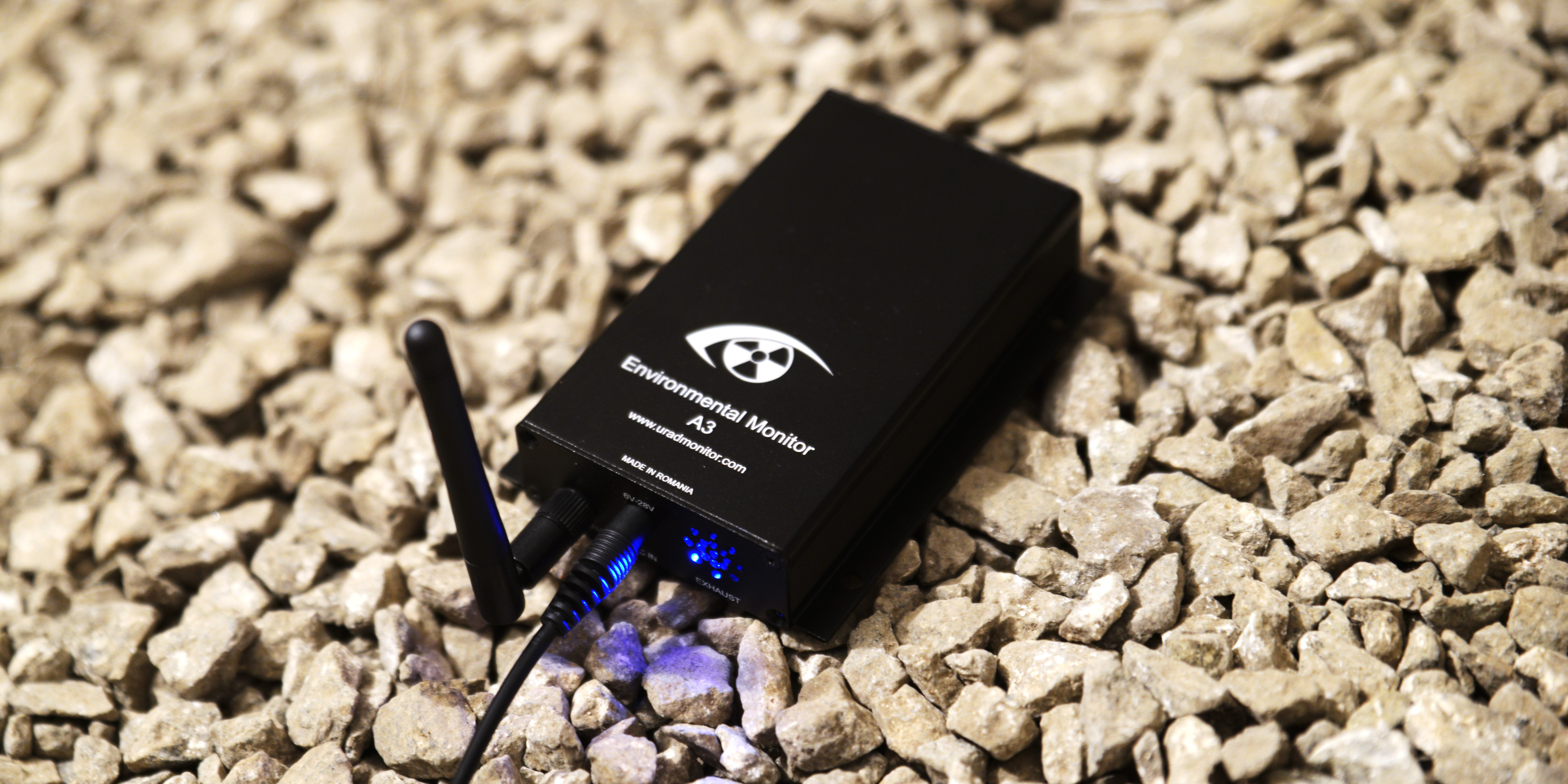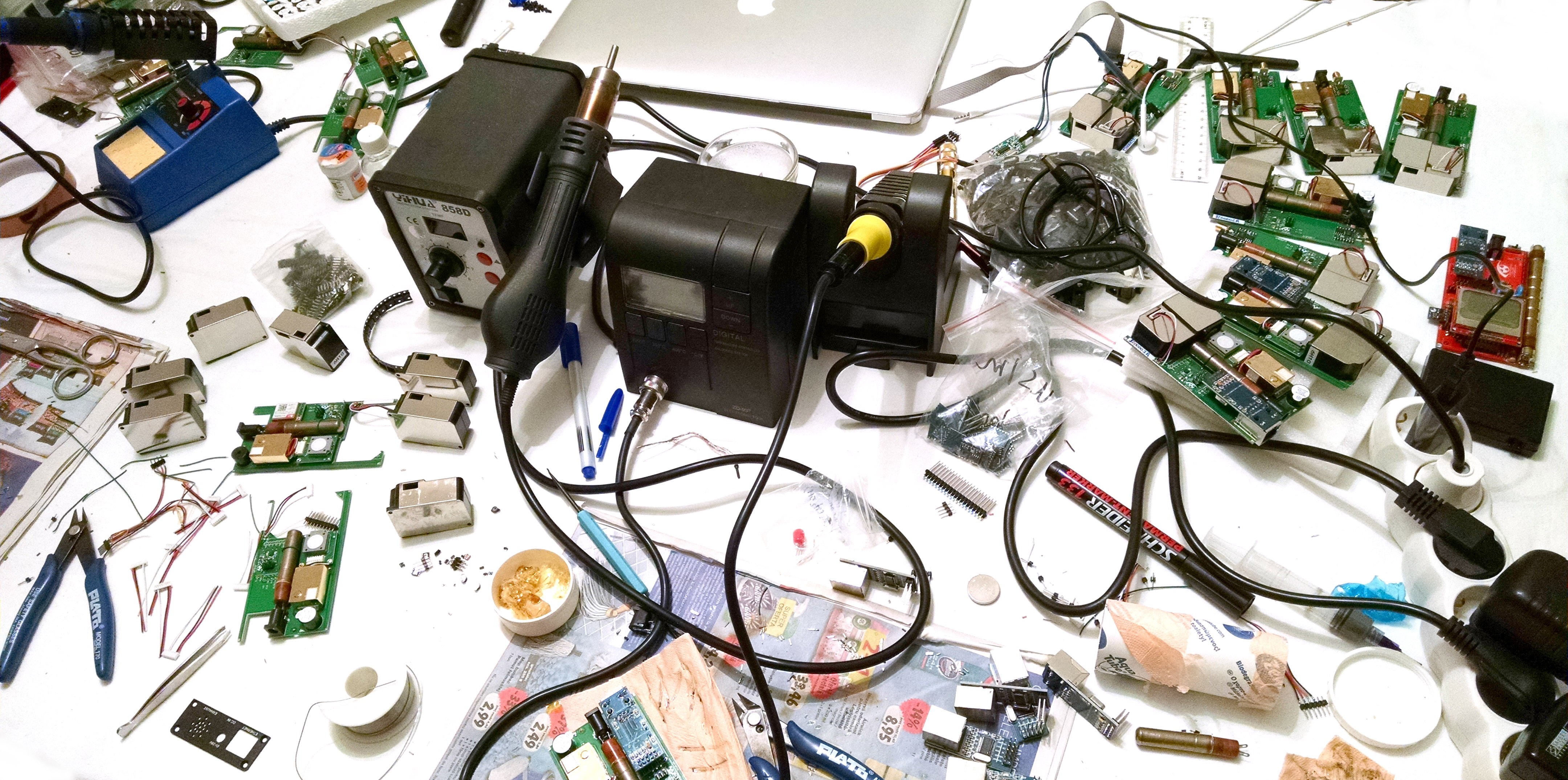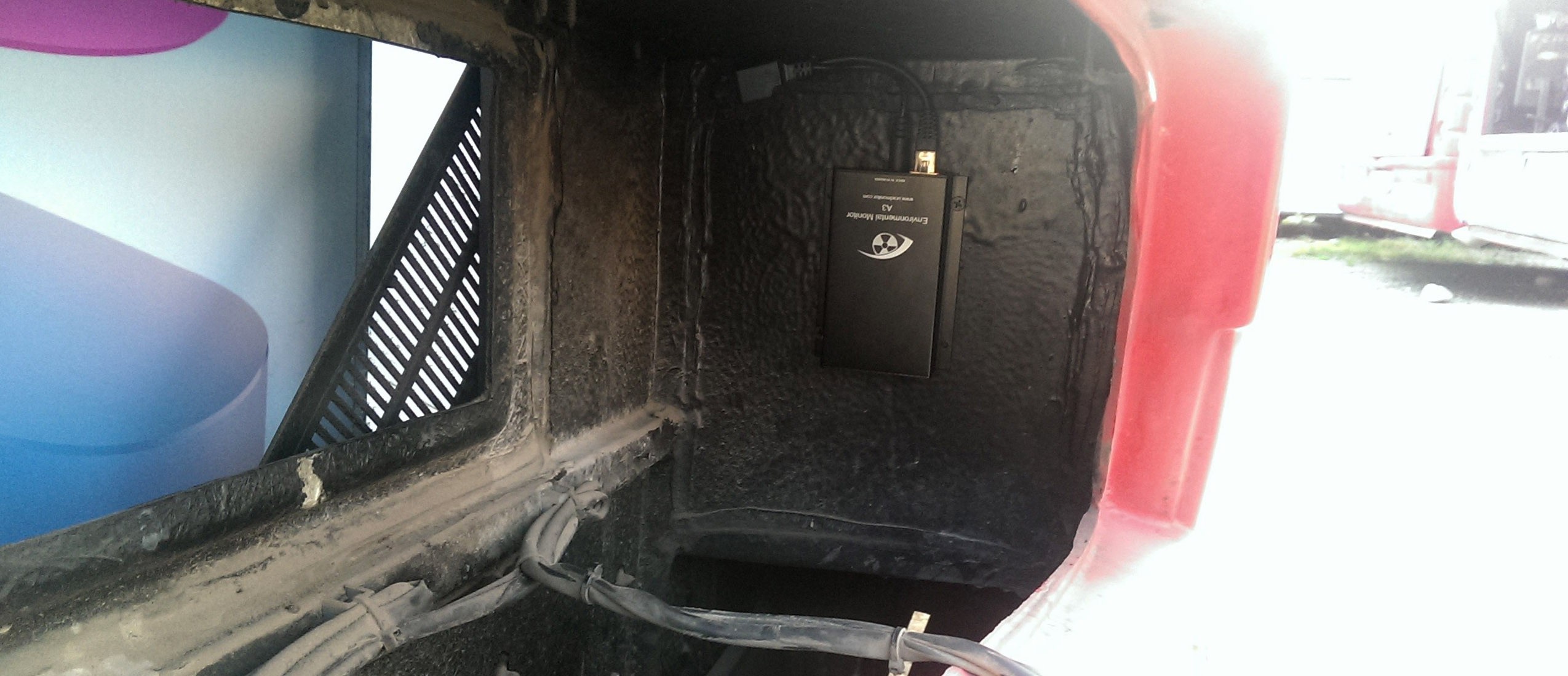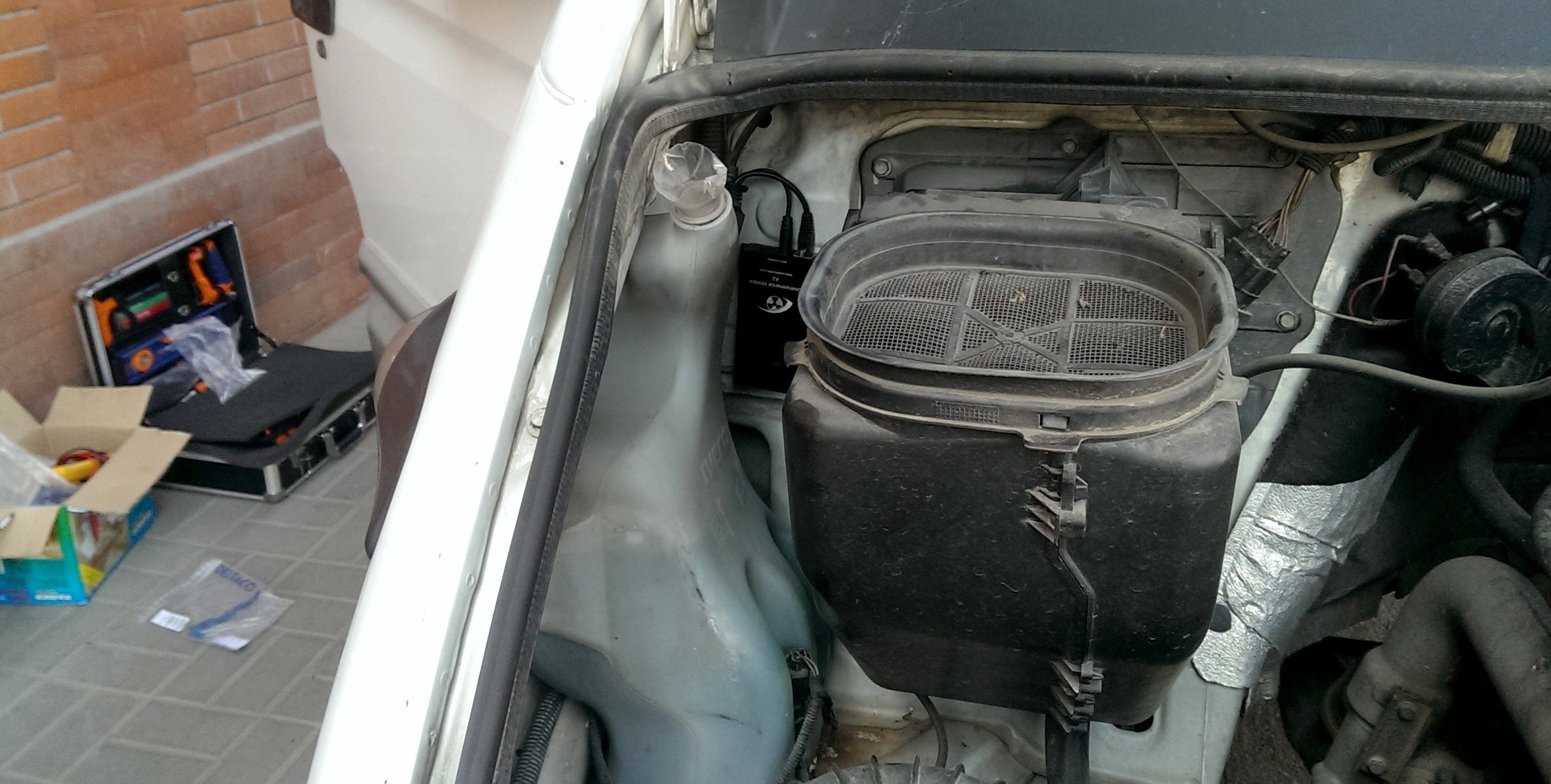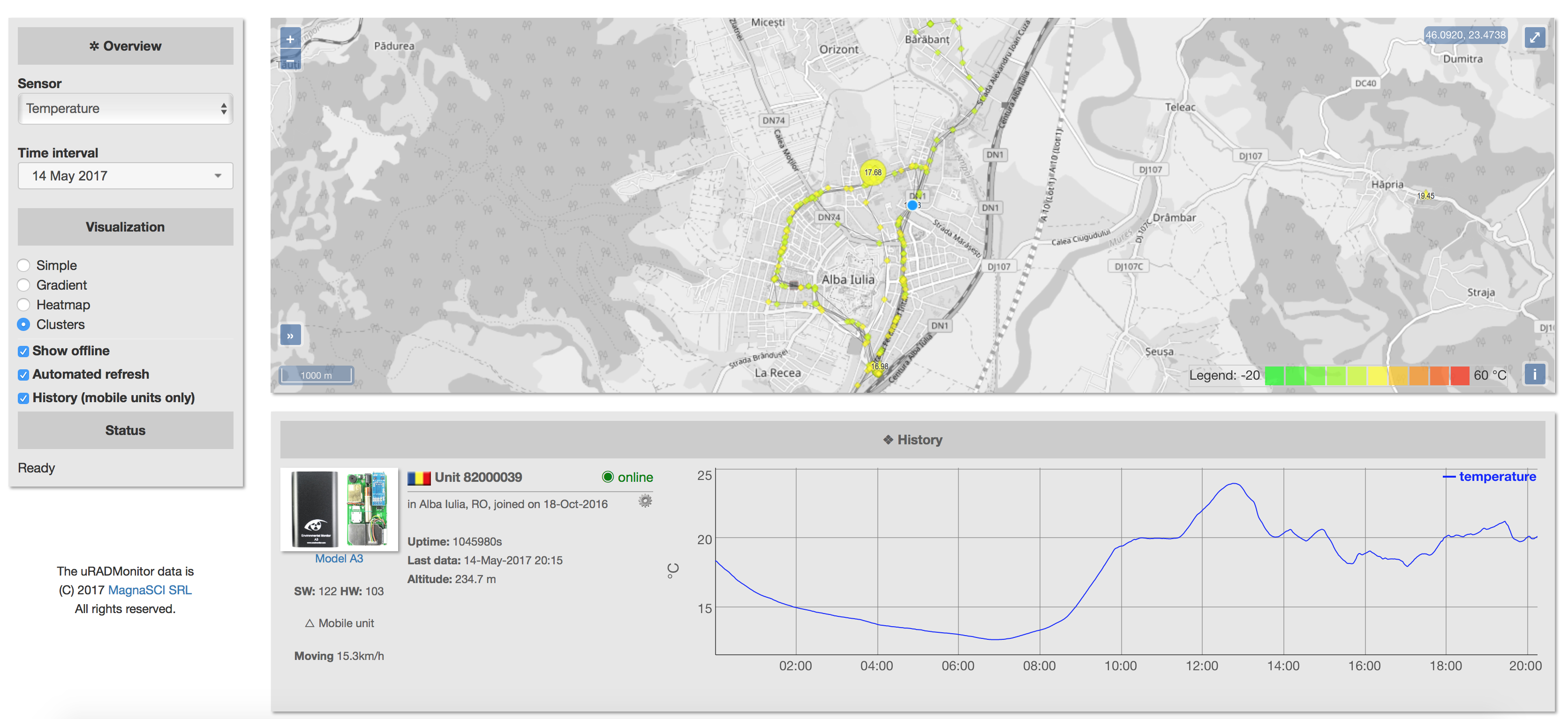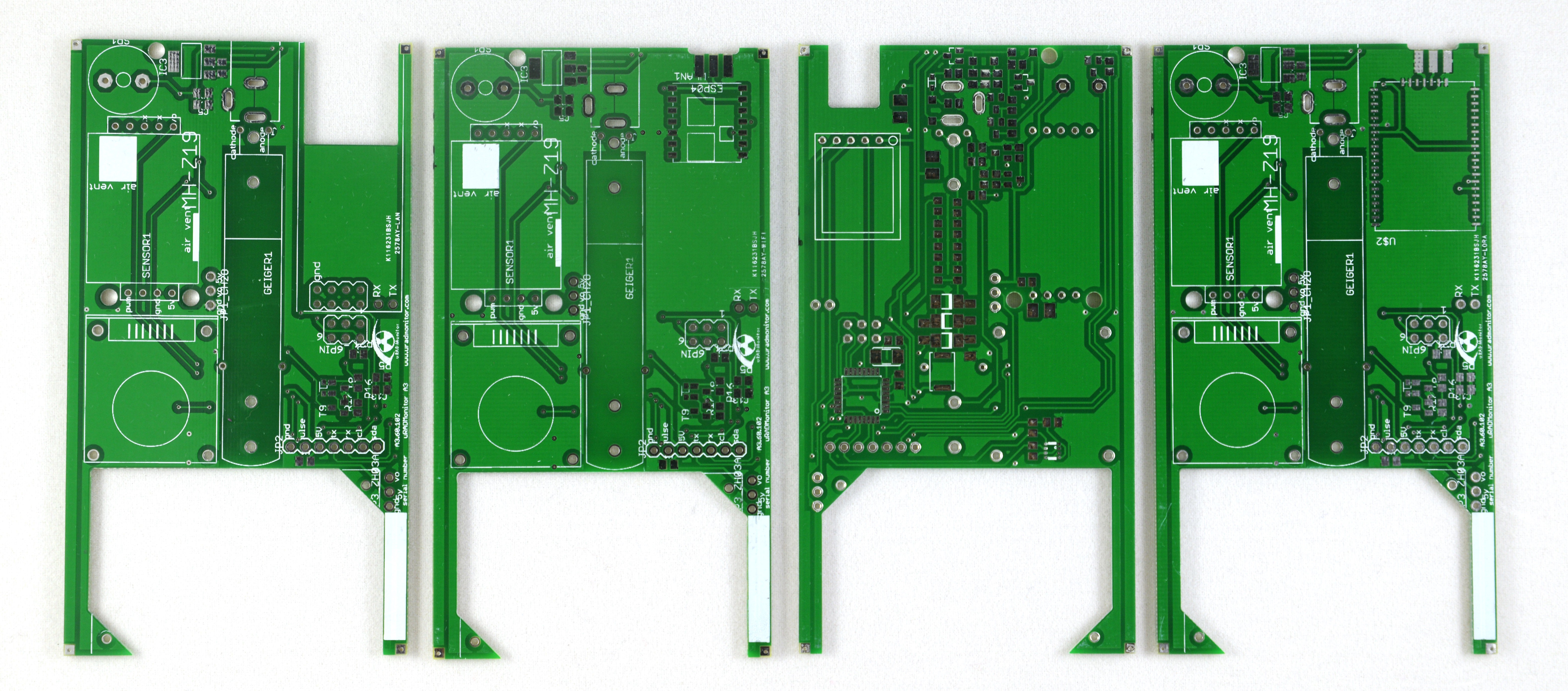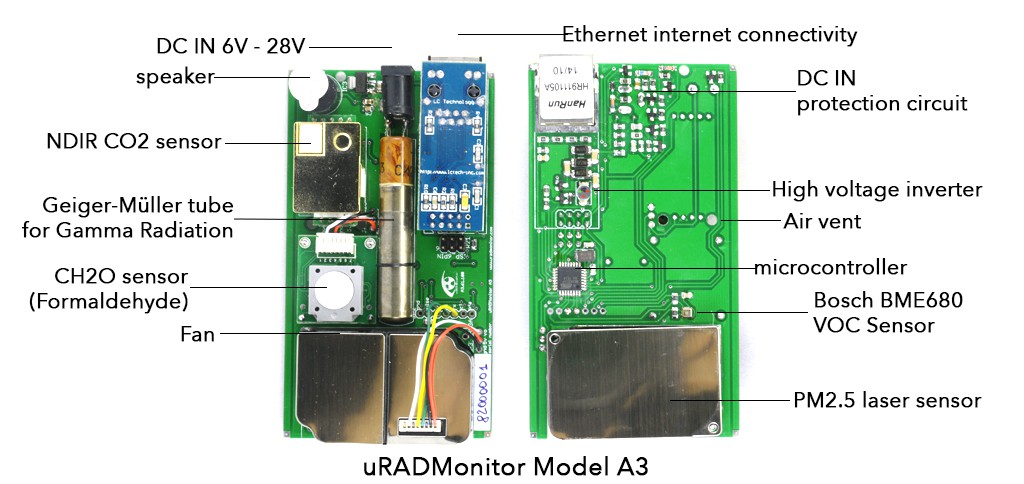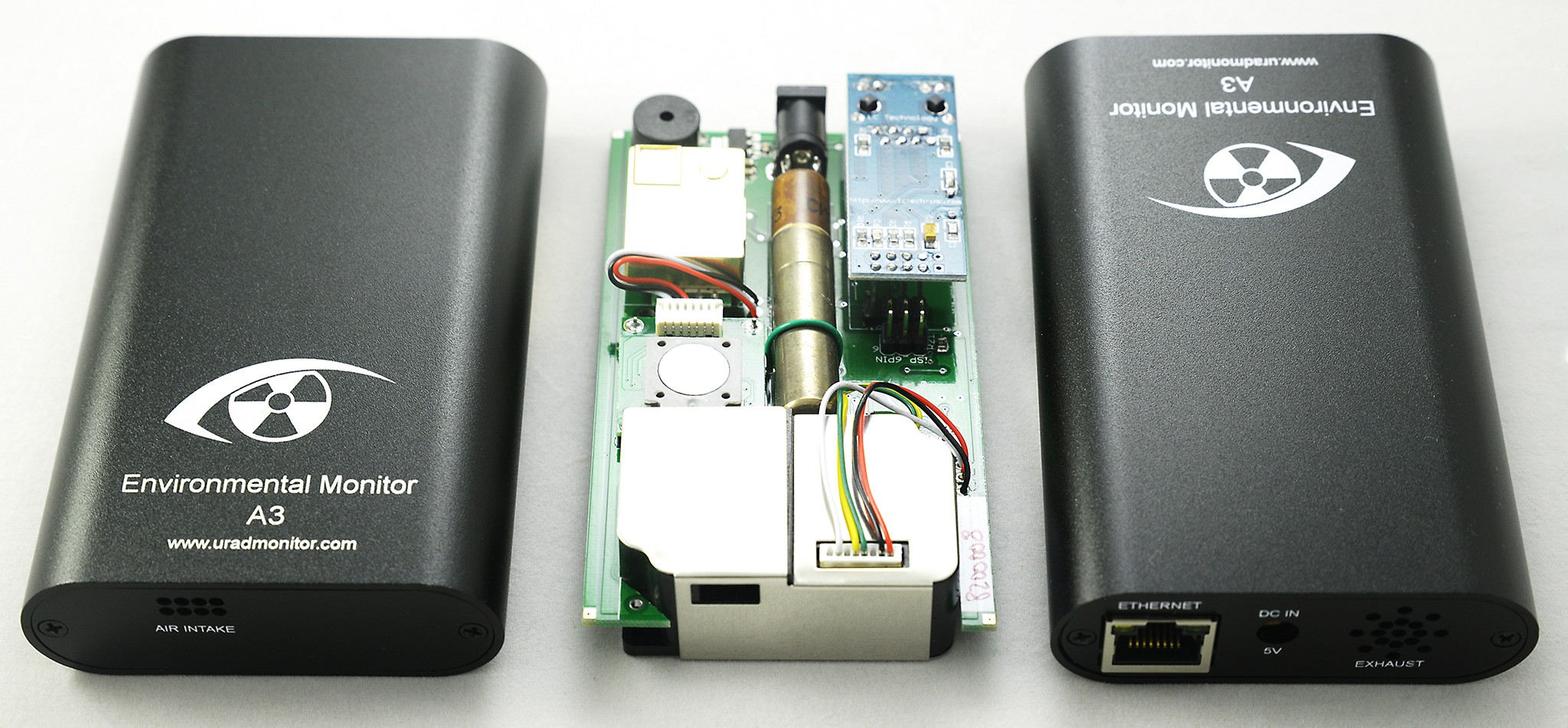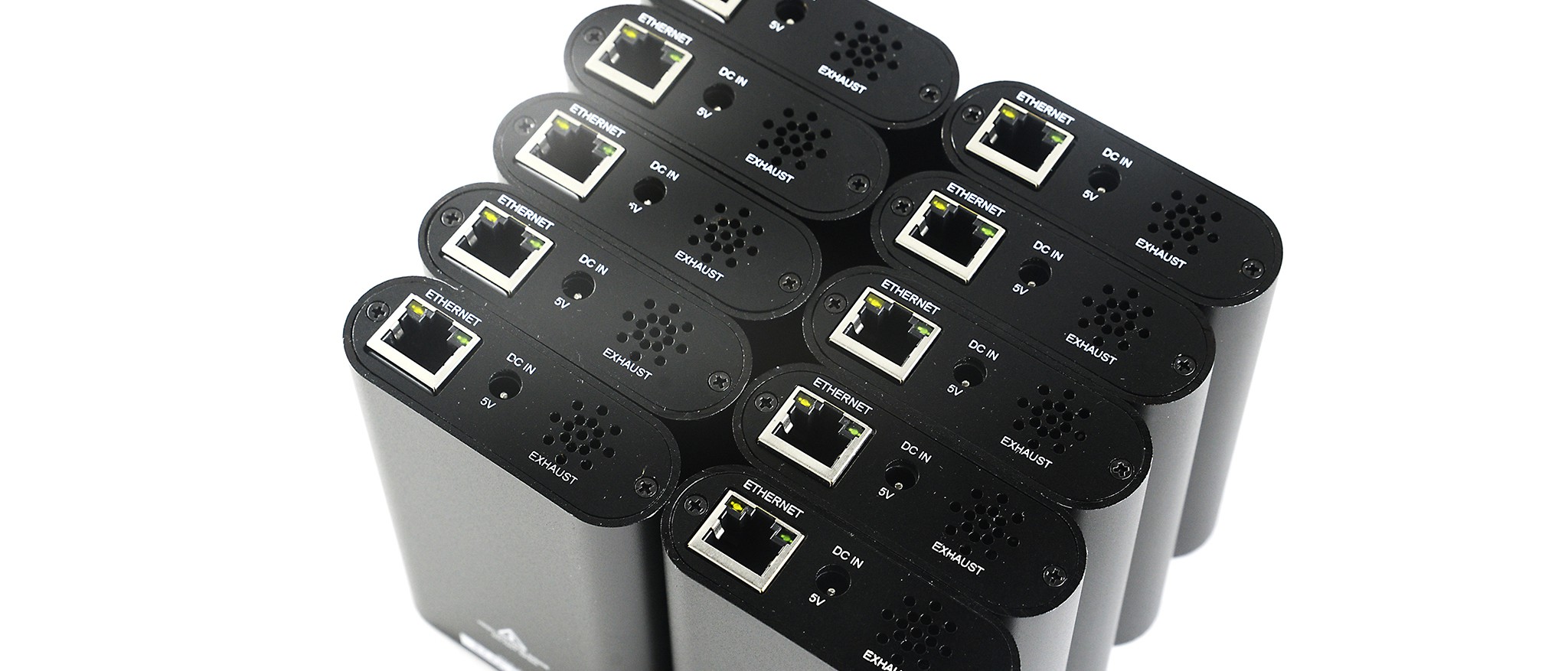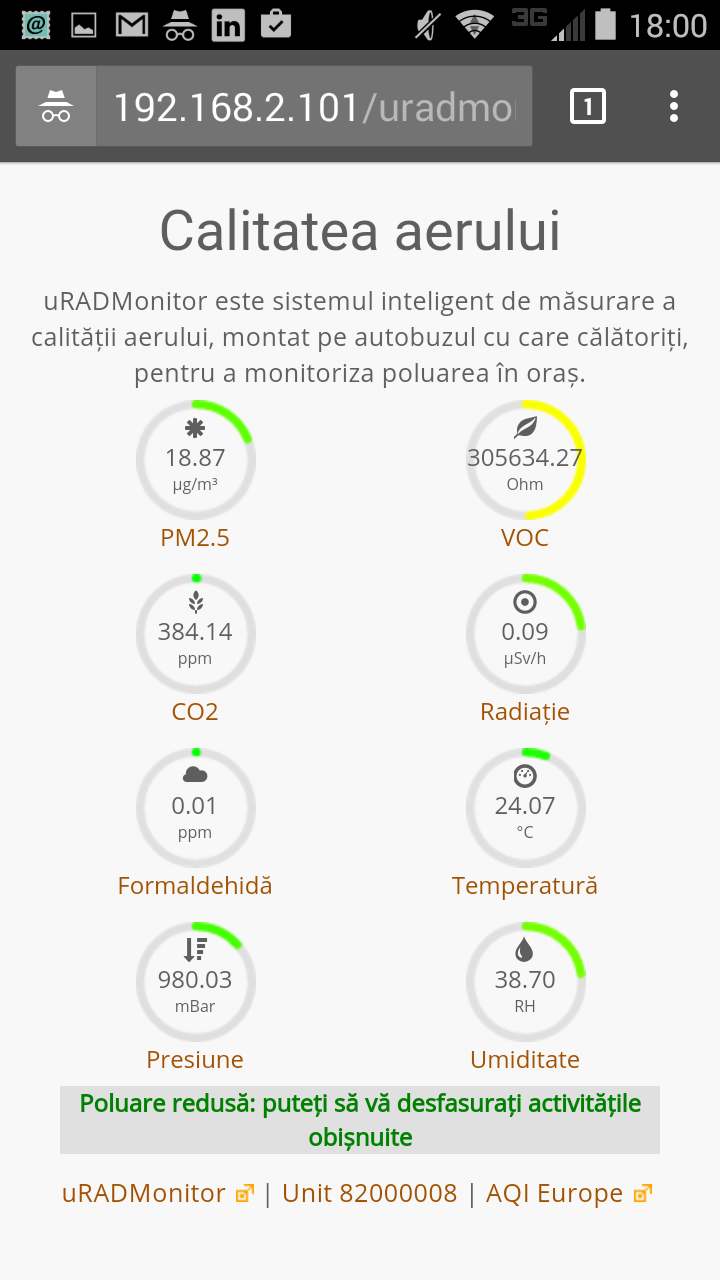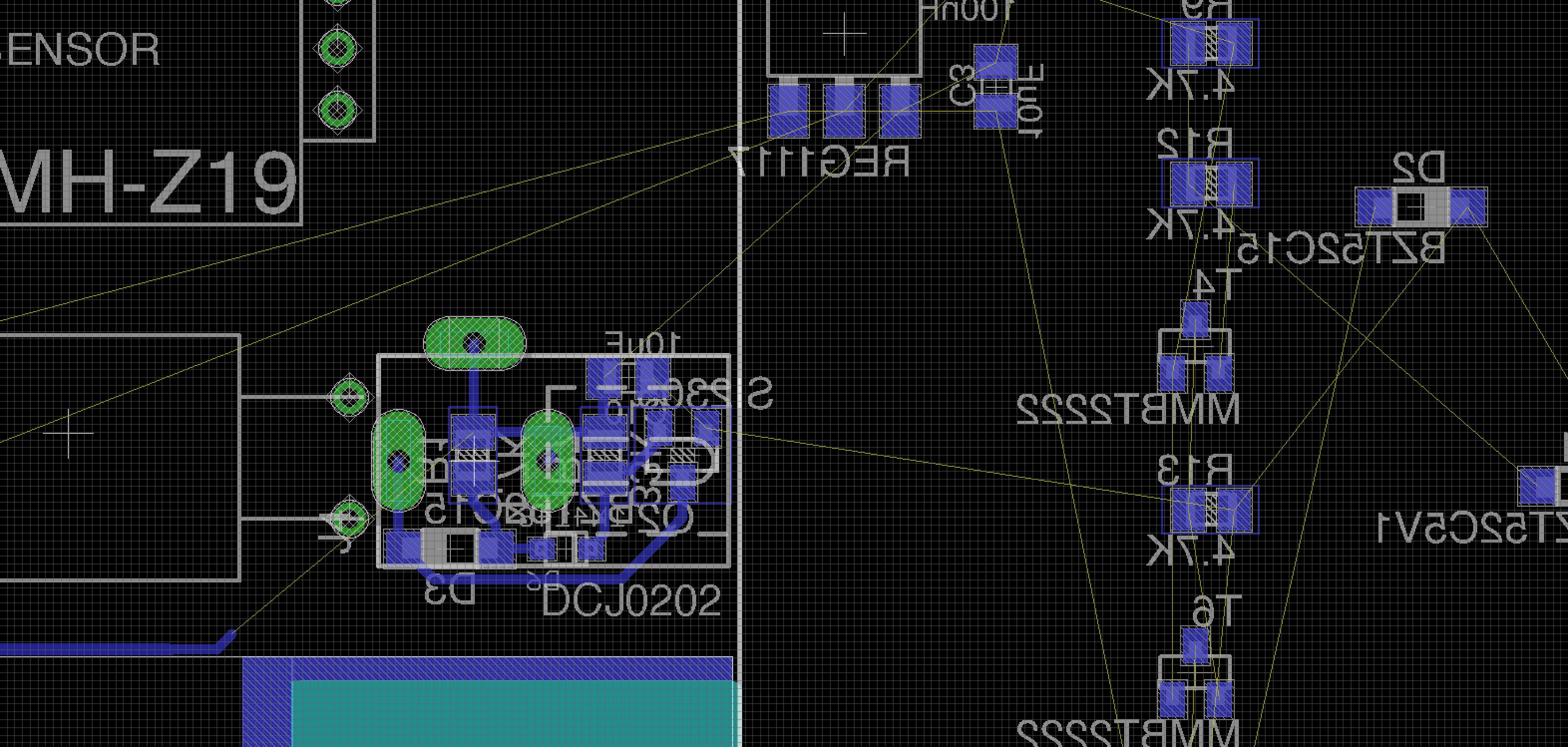-
Crowdfunding - 25% in less than a day!
11/23/2017 at 23:22 • 0 comments"With 800 units deployed worldwide, the A3 is probably the best uRADMonitor product, with a plenitude of advanced sensors and built-in Internet connectivity to monitor your location 24/7.
We're grateful for all the support we received so far, this includes our first successfully funded indieGogo campaign.
Pollution is a global phenomenon impacting each and all of us as air knows no boundaries. We need to put more of these units in places where people can't afford them but are most affected."
This was the call to action, and the community responded. Less then 24hours later, the project was already funded 25%. Check it out: https://www.indiegogo.com/projects/air-quality-monitoring-network/x/7951265#/![]()
Now it sits on position 2, on trending Top for the "health" category:
![]()
w00t! awesome
-
#smartcity
07/16/2017 at 20:38 • 0 commentsBig news, the A3 is now part of the first Romanian Smart City implementation, with complex air quality monitoring systems in Cluj-Napoca, Alba Iulia, Bucharest and Timisoara.
![]()
Several uRADMonitor A3 detectors have been installed in public transportation buses and in parks. The collected data is centralized in real time, offering valuable knowledge on pollution and its evolution in time, from a location to another. With this approach, the entire cities are mapped with just a few units:
![]() Live data examples here:
Live data examples here:https://uradmonitor.com/tools/dashboard-03/?location=Timisoara
https://www.uradmonitor.com/?open=8200002E
![]()
-
HW105, succes!
05/14/2017 at 17:51 • 0 commentsI tried to detect noise pollution levels in HW 104 but failed due to improper circuit design. Back to the drawing board, I opted for the MAX4466 where some know how was already available, thanks for the efforts of @ladyada / @limor . With this approach, results were immediate:
![]()
The chart shows noise levels as recorded by two A3 units operating alongside, for a few days. The elevated values are due to traffic noise, more prominent during the day. I used a sound-meter for some calibrations. The data is exported in raw format, and calibrations are done on the sever, so I can have more control over the output. But all in one, having identical readings from two separate hardware units was a nice achievement.
As for the new VOC sensor, I tested the MP503, a similar tech to the previous GM502B, but due to bigger size it was more resilient to soldering and I was able to install it, without affecting its initial performance. Again, two units were tested, and the readings went in tandem.
![]()
Similar to the BME680, these sensors have a simple principle. A heater is placed near a metal oxide semiconductor. If the air is contaminated with various substances (as those belonging to the VOC family), various REDOX chemical reactions will take place, affecting the semiconductor conductivity.
What happens is that if the air is more contaminated, the sensor will become more conductive. So on a clean air we will read a higher resistance, while a polluted air will bring the sensor resistance down. This is how the ohm are linked to air quality on these kind of sensors. The only issue is the readings will fluctuate with environmental temperature and humidity, so for absolutely perfect readings, the data will have to be calibrated against the two, according to the chart in the datasheet. A linear function will do it nicely.
![]()
-
HW104 Iteration
05/14/2017 at 17:37 • 0 commentsThe A3 was a popular design, that worked well both during winter and summer, both as a fixed monitoring station and also when installed in buses, withstanding constant vibrations and traffic conditions. Due to interest in its huge potential, I continuously invested time and effort to make it even better. First I researched alternatives to VOC detection, implemented with the BME680 sensor from Bosch. VOC detection is far from perfect, first because the way this works, a heated filament doing REDOX reactions is not quite exact science when it comes to measurements.
![]()
HW104 adds a new VOC mems sensor, the GM502B. This is an analogue sensor, meaning it only has a filament and a semiconductor crystal, and I had to do the heating and VOC calculations based on the crystal resistance changing proportionally with air quality. Initial tests where great, but soldering caused many problems. I tried about 10 sensors and they where all damaged during soldering, no matter what temperature settings I used. Discussing the problem with the factory didn't lead to any results.
My ambition was to add noise pollution detection to the already crowded PCB. A circuit based on an electret microphone with a simple amplifier feeding one ADC port was designed:
![]()
I wasn't happy with the noise detection results either. The good thing was both changes (sound + new voc sensor) were optional, the HW104 board could still be used with the previous sensors (BME680), so these weren't such a big loss.
-
Fixing the issues, HW103
05/14/2017 at 17:14 • 0 commentsHere's the new PCB layout, HW103, with multiple changes: new PM2.5 sensor footprint to match the current factory version, removed zener/mosfet based DC In protection circuit in favour of a better DC-DC 6-28V converter circuit, allowing operation on variable input voltages and finally a new aluminium enclosure with wall mounting brackets to make installation easier.
![]() The previous rounded aluminium boxes where neat, but installing those in buses was problematic. I had to opt for a different aluminium profile, and do the manufacturing all over again, including new holes and silkprint. With this variant I also needed different holes first for the Ethernet variant, and a new panel for the radio boards that replaced the cable for the SMA connector holding the antenna.
The previous rounded aluminium boxes where neat, but installing those in buses was problematic. I had to opt for a different aluminium profile, and do the manufacturing all over again, including new holes and silkprint. With this variant I also needed different holes first for the Ethernet variant, and a new panel for the radio boards that replaced the cable for the SMA connector holding the antenna.![]()
The above picture shows a LoraWAN A3 unit operating from below ground level, in a cellar. The same unit was tested to successfully connect to the gateway from about 2km distance with just that tiny antenna. Surely, it can do much more, as the datasheet mentions the 15km figure.
These units performed great! For me it was a busy summer assembling a few tens of these, for a new partnership started with Orange, as a result of winning the Innovation Labs 2016 competition.
![]()
Some of these units went in Alba Iulia, the first Romanian Smart City, others in Bucharest. The major benefit that came out of this was that I had the chance to work with city data, see the major pollutants, but also understand how the hardware behaves in the field. I can say that the units were very resilient, considering some of them got installed in buses, withstanding vibrations and harsh conditions during winter/summer.
![]()
A passive POE adapter proved useful to simplify the installation in buses, for the city of Alba Iulia.
![]()
The DC-DC built in converter was extremely useful, given the various voltage lines available in buses. These converters would output a nice and clean 5V voltage for the uRADMonitor A3 internals. The solution passed its QA tests, and I am very happy with it.
These buses also have a GPS receiver, part of a different system, and the position data is aggregated to the uRADMonitor A3 air quality data. This way I was able to build a real time map, and see the readings based on location (both spatial and temporal coordinates):
![]()
This is available online on the uRADMonitor portal, or on the Alba Iulia #Smartcity dashboard.
-
HW Iteration 102
05/14/2017 at 16:46 • 0 commentsAfter the successful deployment in public transportation of 10 uRADMonitor A3 units, in the city of Cluj Napoca, it was clear that such field deployments need more flexibility in terms of connectivity if it was to cover more ground faster. So I designed a new PCB, version 102, to add just that.
![]()
The Ethernet module would be replaced by a Wifi ESP8266-ESP04 module in the uRADMonitor A3 Wifi variant, a SIM800L module for the GSM variant, and finally a RN2483 from Microchip in the LoraWAN variant. The last one is an exciting new direction, as it provides radio link of up to 15km with minimum power requirements. The sensors stay the same:
![]()
The joy was short, as soon after receiving the PCBs and doing the first tests, it was clear there were major issues:
1. the PM2.5 sensor received an upgrade in the factory, and the new units had a different footprint, incompatible with my PCB design
2. there is some kind of weird RF interference generated by the High voltage inverter inductor, affecting the 8MHz microcontroller crystal. This renders the unit unstable.
Oh well ... back to the drawing board.
-
First 10 units go for #SmartCity
07/08/2016 at 18:50 • 2 commentsThe first 10 units were assembled, tested and shipped for a first #smartcity #uradmonitor implementation. I'm happy about the way I came out with the aluminium enclosure, the end plates were designed to fit inside the main body, improving the overall look and feel.
This enclosure is not waterproofed, as it needs to have an open intake for air, and also an exhaust opening. Here are the 10 units ready to be shipped:
These first units are to be installed in public transportation in Cluj Napoca, to keep the users informed on the quality of the environment, but also, due to the chosen bus line that practically crosses the entire city, we'll get valuable data on pollution. For the end users, a simple dashboard presents the more relevant details, together with an air quality score and recommendations:
![]()
The big data analysis tool to serve the SmartCity component is currently under development. It will offer interesting insight on the correlation of pollutants (eg. PM2.5) to traffic hours, periodicity and other useful patterns.
-
The tests and the dashboard
06/03/2016 at 19:56 • 0 commentsDeveloping this project took about 2 months, from sourcing the sensors, running initial tests, then conceiving the PCB, assembling a few test boards, writing the firmware and then the server side dashboard and communication protocol. All seems to go well so far, we need to implement a dashboard to show the data to the users, but also run more stability tests and implement fixes where needed.
![]()
It was a fast paced ride, like most of all I've been involved in lately, but a rewarding one since things turned out nicely, and this product seems to be a successful one right from the start. It maps useful parameters, and it will help collecting valuable data regarding our environment.
Don't forget to visit http://www.uradmonitor.com to see the bigger picture of what this is all about.
uRADMonitor A3
A versatile IOT device designed to track 8 air parameters and map pollution, with both wired and wireless Internet connectivity
 Radu Motisan
Radu Motisan
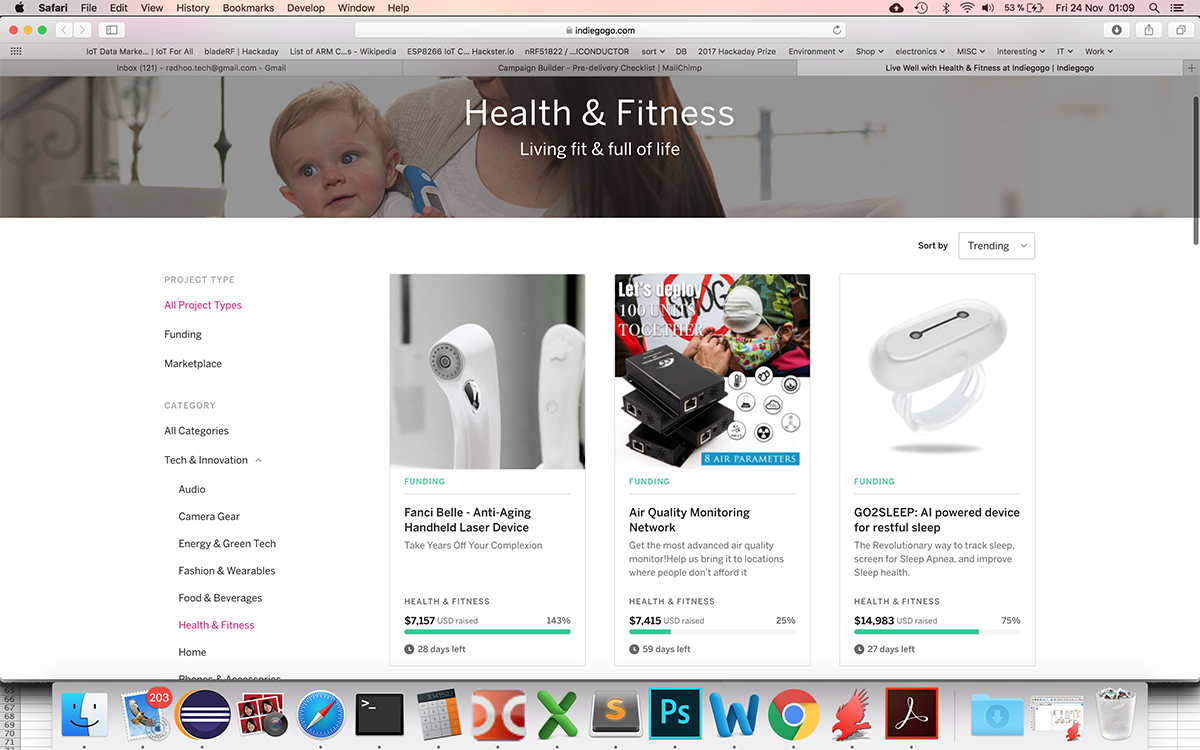
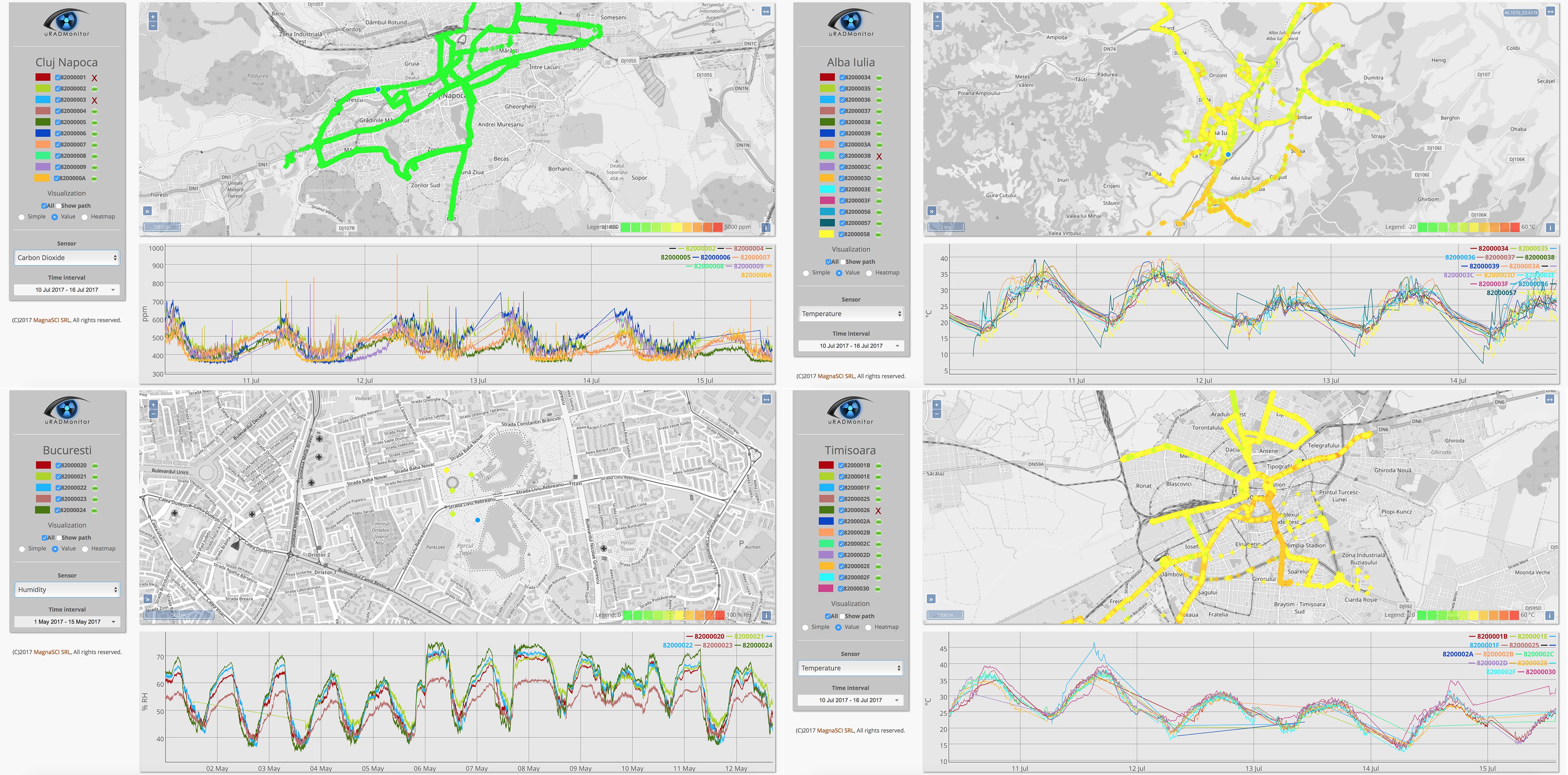
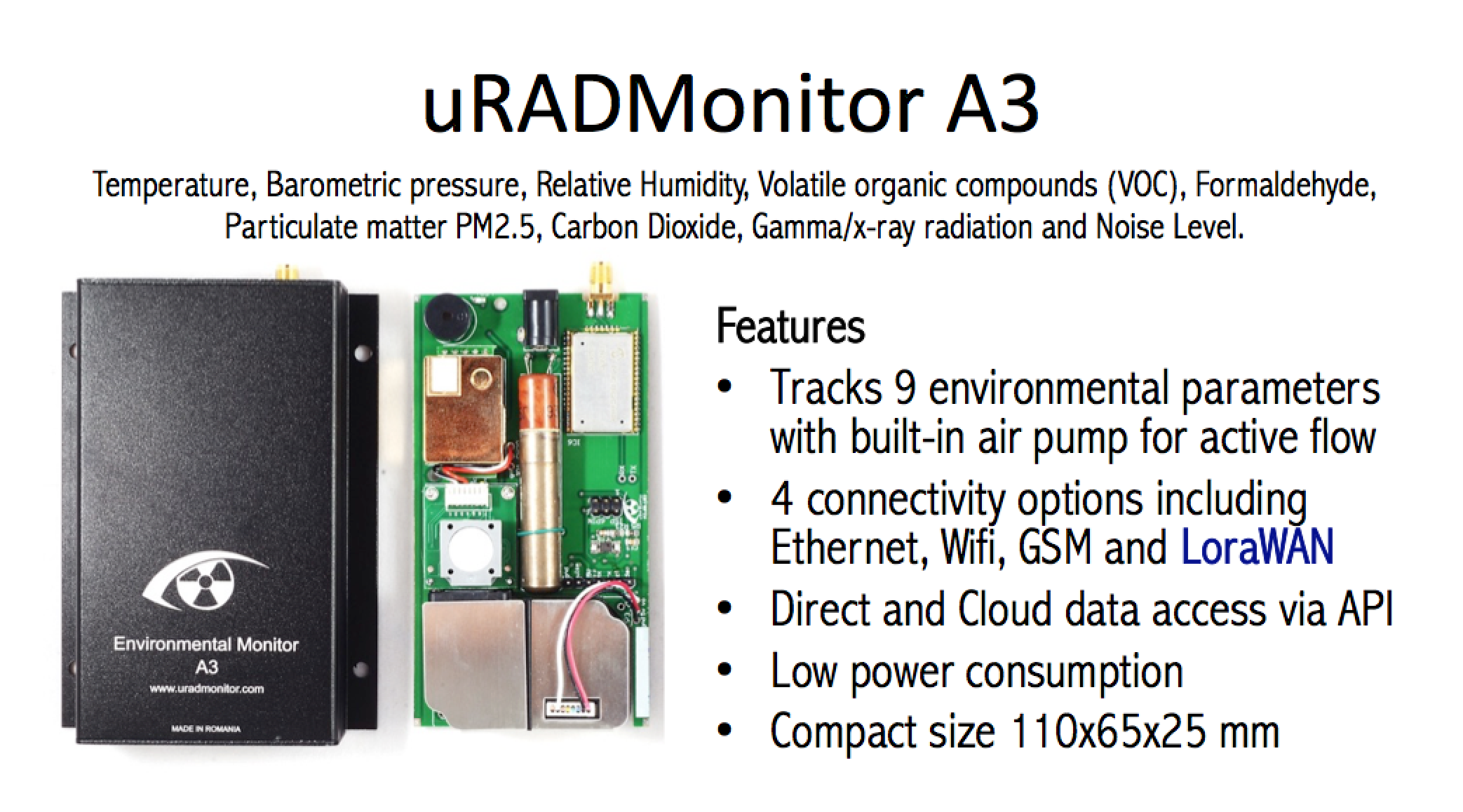

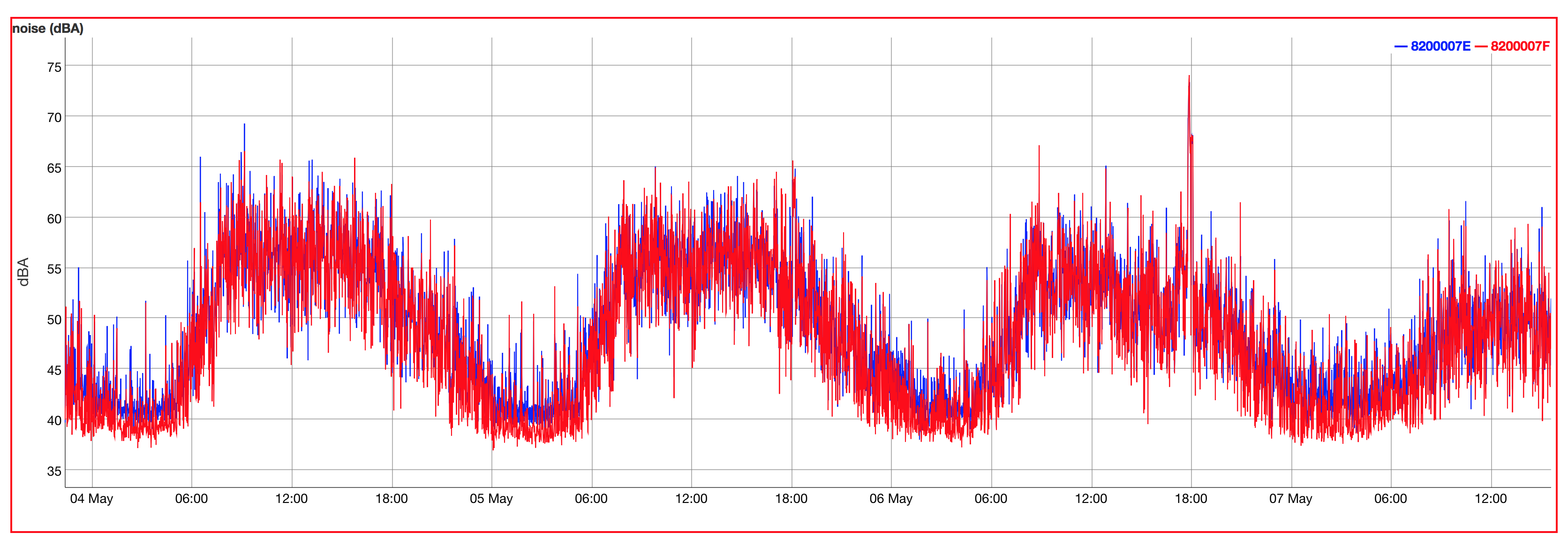
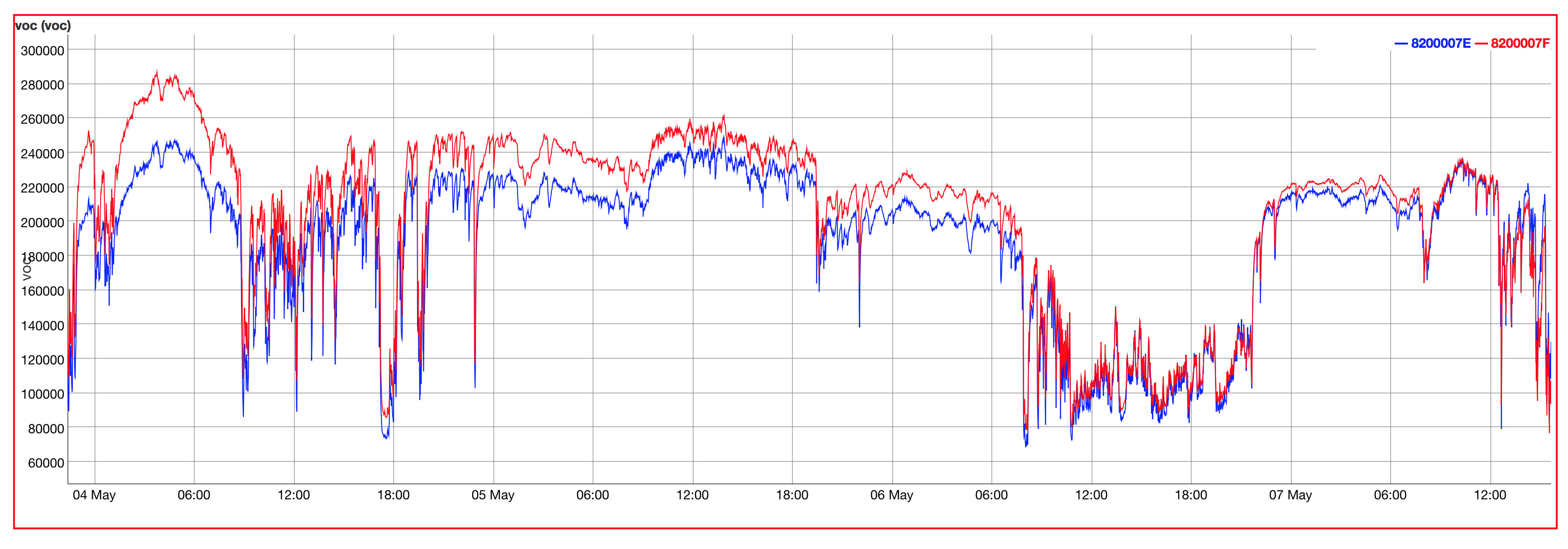
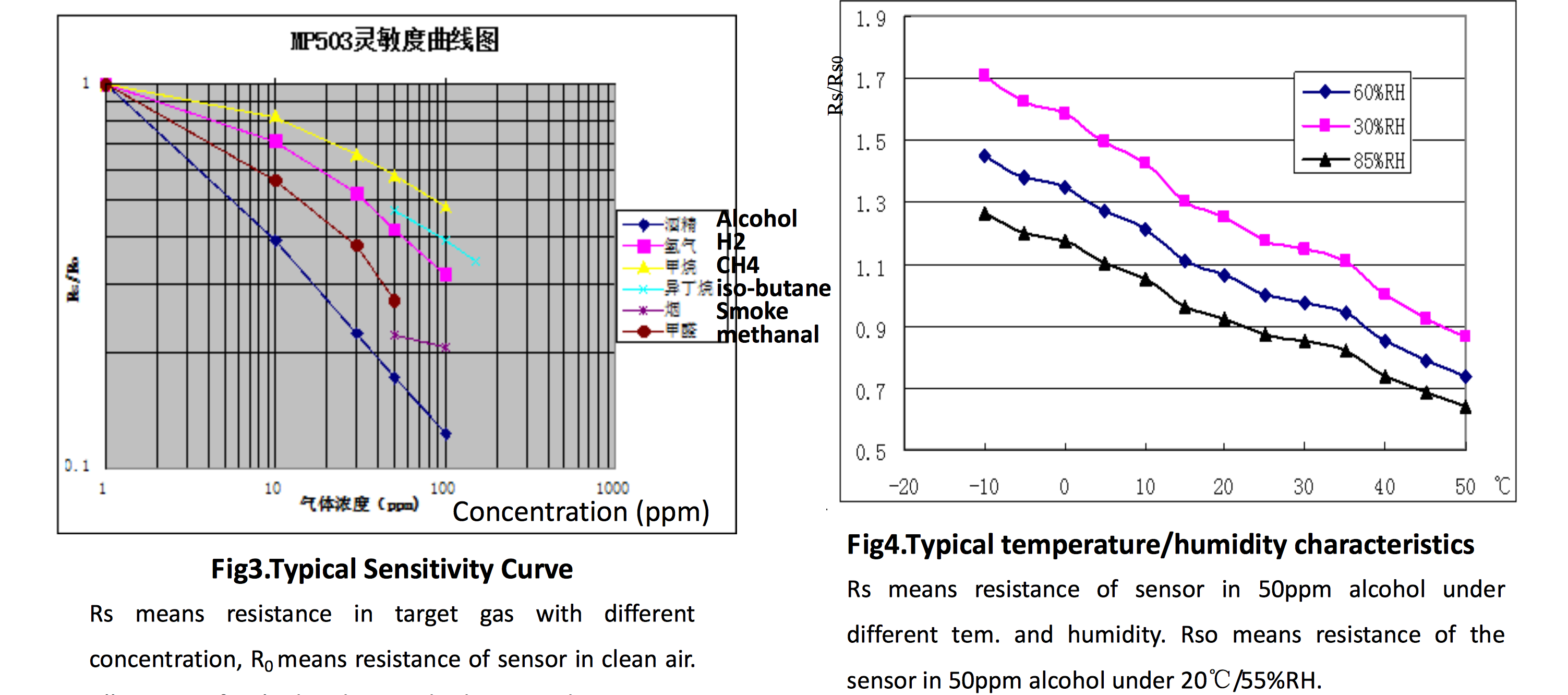

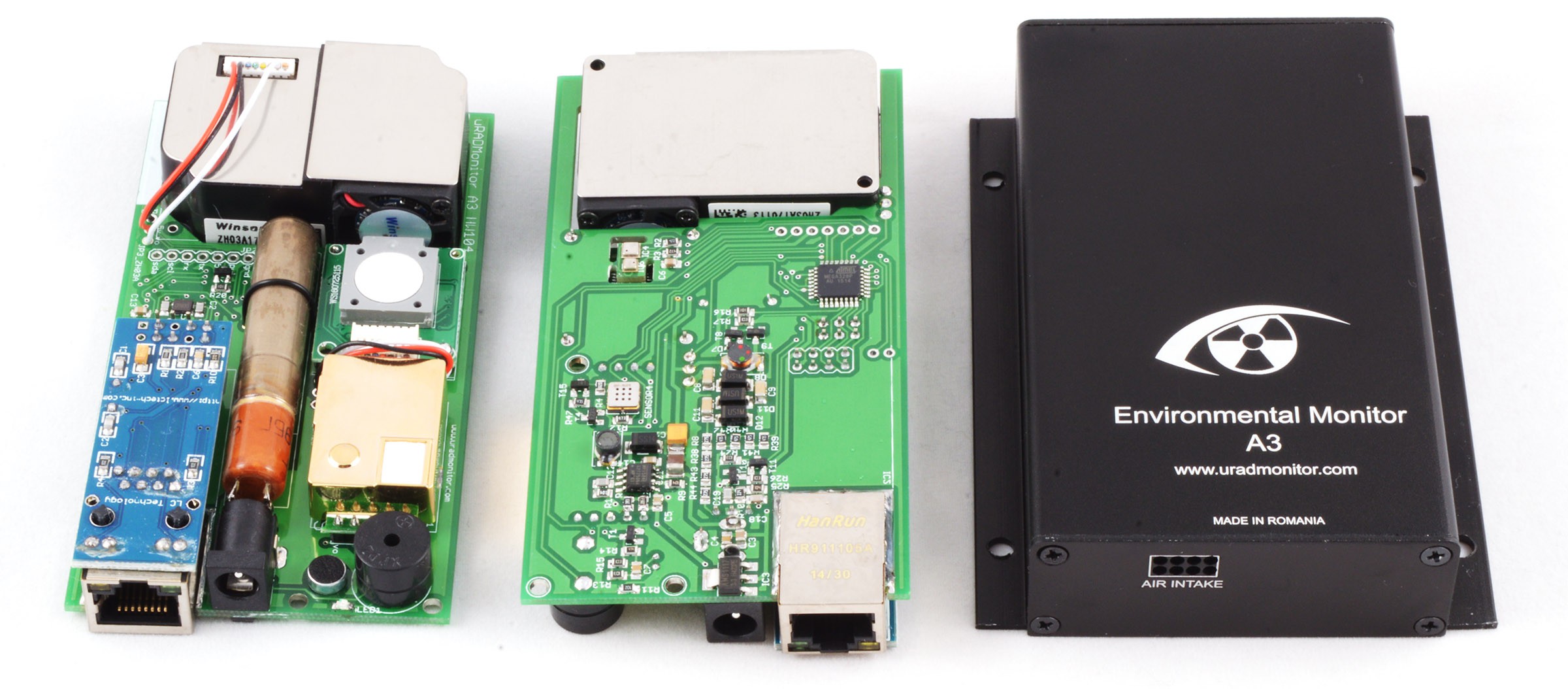
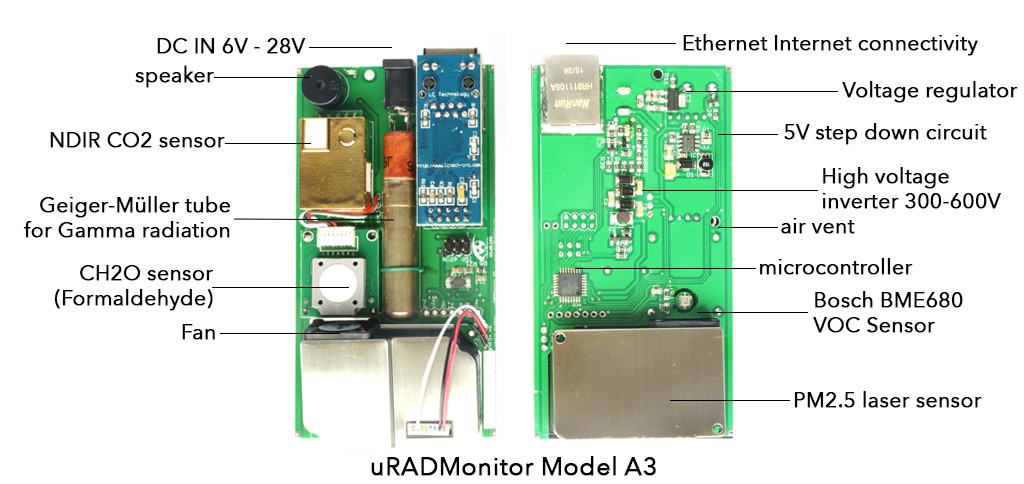 The previous rounded aluminium boxes where neat, but installing those in buses was problematic. I had to opt for a different aluminium profile, and do the manufacturing all over again, including new holes and silkprint. With this variant I also needed different holes first for the Ethernet variant, and a new panel for the radio boards that replaced the cable for the SMA connector holding the antenna.
The previous rounded aluminium boxes where neat, but installing those in buses was problematic. I had to opt for a different aluminium profile, and do the manufacturing all over again, including new holes and silkprint. With this variant I also needed different holes first for the Ethernet variant, and a new panel for the radio boards that replaced the cable for the SMA connector holding the antenna.